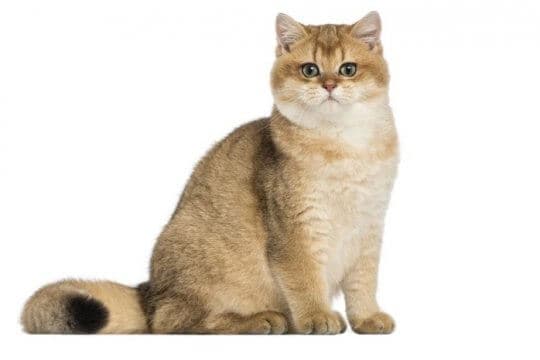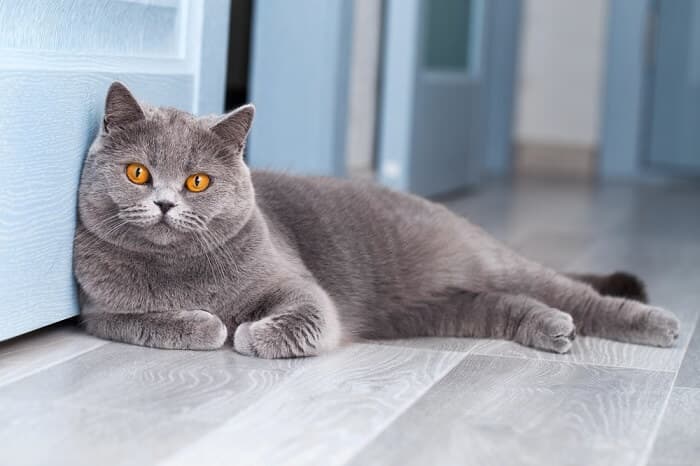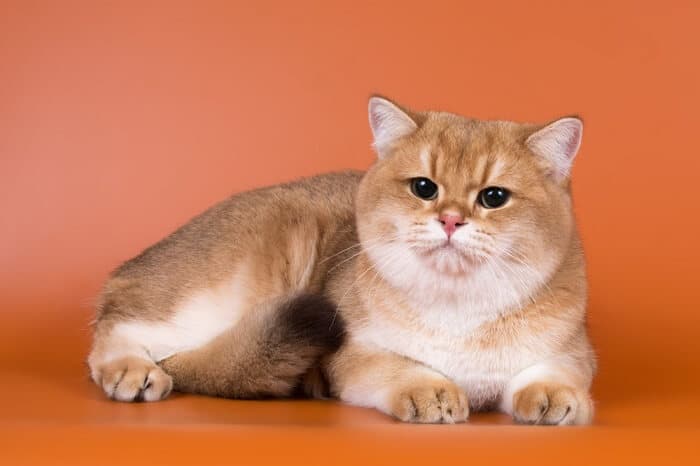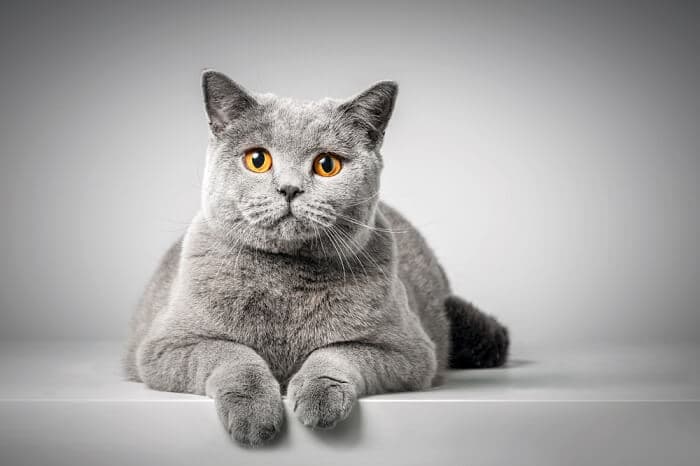
british-shorthair
Affectionate, easygoing, sensible, friendly
Overview
Origin
United Kingdom
Life Span
12-16 years
Height
11"-14"
Weight
8-18 pounds
Group
Medium-to-large shorthair
Price
$300-$5,000
History

The history of the British Shorthair cat is a fascinating one. This ancient breed is believed to date back to the first century A.D. when the Romans invaded Britain, they brought cats with them. These early domesticated cats were tasked with the important job of keeping Roman camps clear of mice and other pests.
The Romans' cats bred with local wildcats and as time passed, the offspring developed a distinctive look. Contemporary British Shorthairs retain the appearance of their ancestors, which were large and robust, with dense, short coats that provided protection from the elements.
Cat fancier and artist Harrison Weir is credited with helping to develop the breed as we know it today. During the 19th century, he – and perhaps other breeders – began selecting for the blue-gray variant that ultimately became the British Blue. The newly standardized British Shorthair took pride of place at the first cat show in history, which was held at the Crystal Palace in London in 1871.
Incredibly, the British Shorthair cat nearly became extinct during the first world war and along with many other breeds, was nearly wiped out again by the end of the second world war.
In an effort to save Britain's favorite cat, British Shorthair breeders introduced Persians to their bloodlines, ultimately creating British Longhair cats. Shorthaired offspring were also bred with Russian Blue cats and French Chartreux cats in an effort to emphasize desirable blue-grey coloring.
The British Blue was recognized by the American Cat Association in 1967.
By 1980, the British Shorthair had gained recognition from The International Cat Association and the Cat Fanciers Association. All cat associations now recognize the breed.
These days, the British Shorthair cat is available in nearly every color and pattern imaginable. Blue remains the most prevalent - and the most popular - British Shorthair cat color.
Care

Nutrition
British Shorthair cats have no special nutritional needs; however, they are prone to obesity as they age. It's important to provide a high-quality diet that is relatively low in carbohydrates and high in protein.
Grooming
Even though the breed is characterized by its short coat, they have a tendency to shed. Brushing your cat two to three times per week will help prevent fur from accumulating on your sofa, plus it will reduce the likelihood of hairballs.
Exercise
British Shorthair cats have a playful streak, particularly during their youth. As these kitties get older, you might need to encourage play with interactive toys such as feathered wands and laser pointers. Battery-operated toys can encourage more activity, too.
Health
The British Shorthair is a robust cat that generally enjoys excellent health. There are two known genetic disorders that can affect British Shorthair cats. Fortunately, breeders can screen for both and greatly reduce the likelihood of producing kittens with these disorders.
Breed Standard

Body
The British Shorthair is a large cat with rounded features throughout. The body is compact and powerful with a broad chest and strong hips. Mature males can reach 17 pounds and mature females can reach 12 pounds.
Head
The head is well-rounded, and is perched on a short, thick neck. The forehead is rounded, with a slightly flattened plane toward the top of the skull. Both genders display jowls, with males having larger jowls than females. The muzzle is well-developed, with prominent whisker pads. These facial features give the British Shorthair cat its signature “smile.”
Eyes
The eyes should be large and round. They should be level and set far apart. Eyes can be of any color that complements the cat's coat color.
Ears
British Shorthair cats should have medium size ears that are broad at the base and round at the tips. The ears should be set far apart, and the outer edges should continue the rounded contour of the head.
Color
British Shorthair cats may exhibit any coat color and pattern. Nose leather and paw pad color should complement the coat color.
Coat
The British Shorthair exhibits a thick coat that is dense but not double.
Tail
The British Shorthair's tail should be of medium length with a thick base and a slight taper that leads to a well-rounded tip.
Legs & Paws
The legs should be straight and well-proportioned in comparison with the body. They should exhibit strength and ample musculature.
Personality & Temperament

Once known as the British Blue and exclusively bred for blue-gray coloring, the British Shorthair cat now comes in a multitude of colors, but it retains its typical rounded profile and it's delightful – yet somewhat reserved – personality.
In a nutshell, British Shorthair cats are pedigreed versions of British domestic shorthair cats that have been selectively bred over time to create a distinctive appearance and predictable personality traits.
These cats love their families and enjoy staying close, but they aren't big on cuddling. They prefer to lounge next to you rather than occupying your lap, and they aren't terribly demanding or overly vocal. British Shorthair cats make excellent pets for most households, but they don't tolerate disrespect, and they don't like to be held or carried.
These traits don’t add up to a mean or antisocial personality; instead, they’re an indicator that the British Shorthair may not be ideal for families with young children who aren't yet able to understand boundaries.